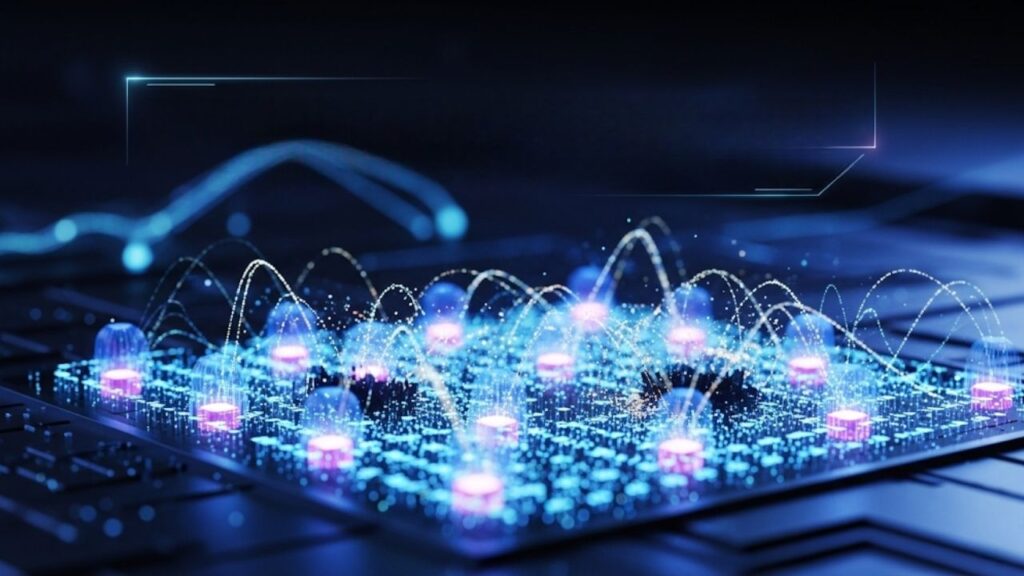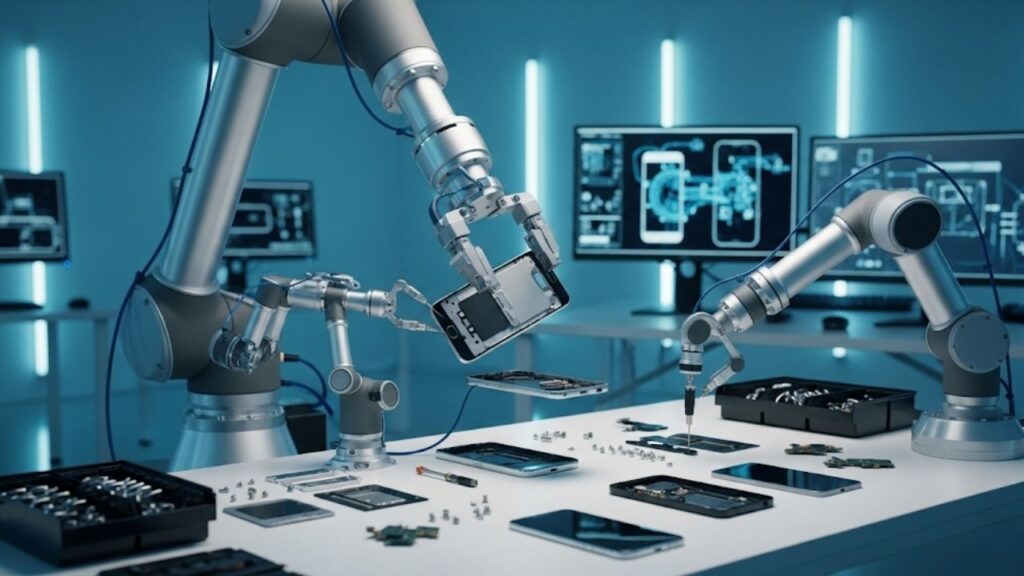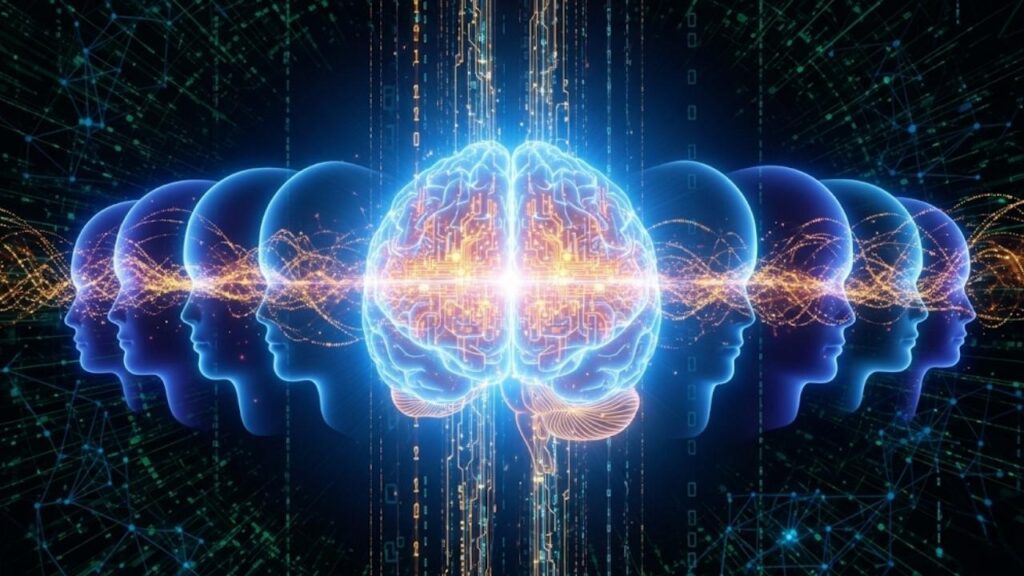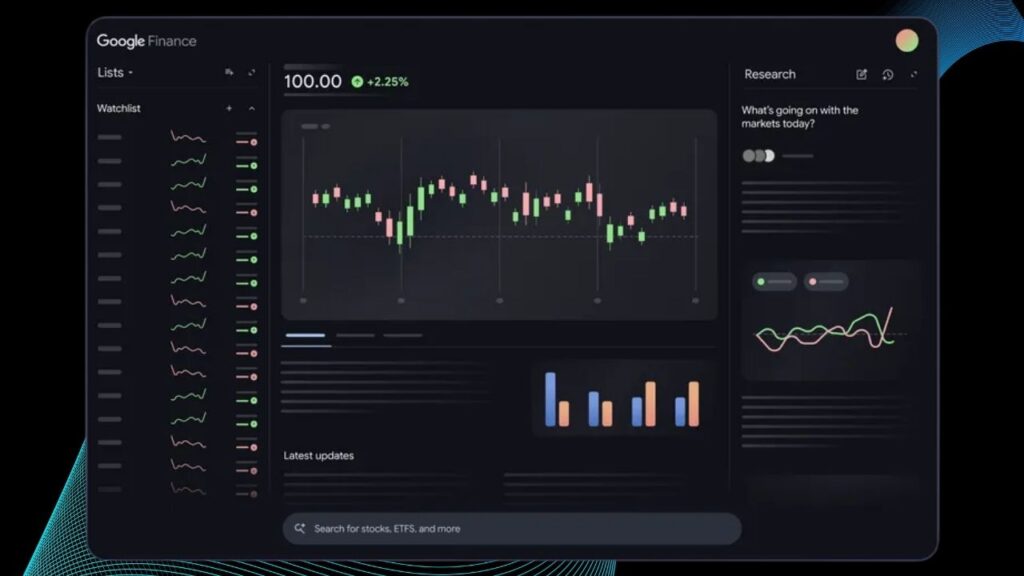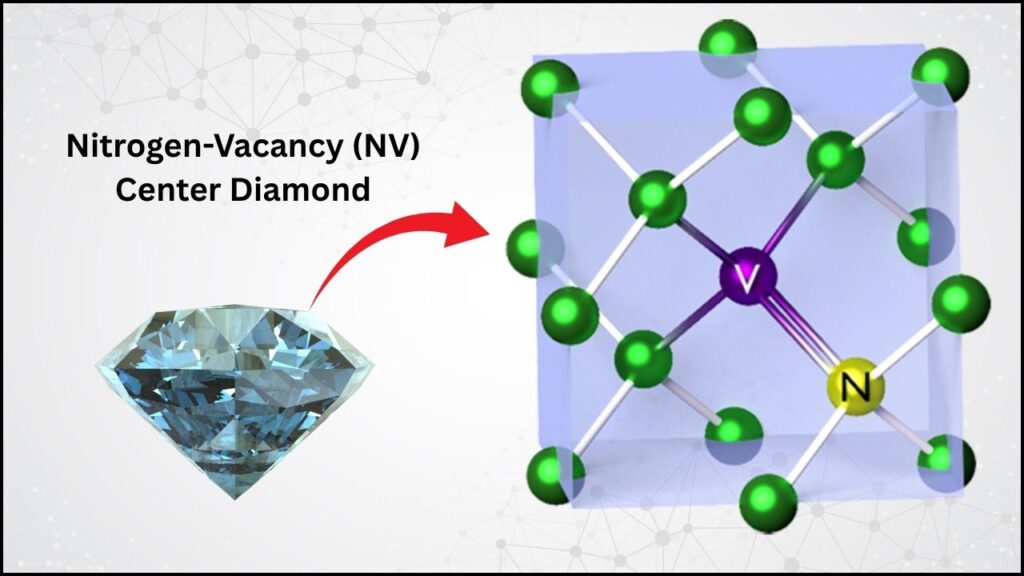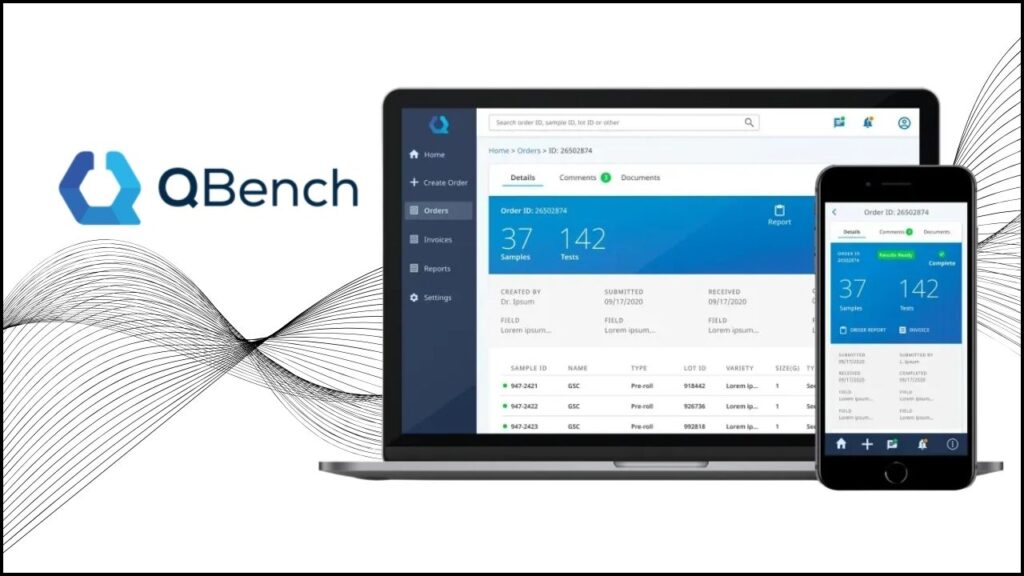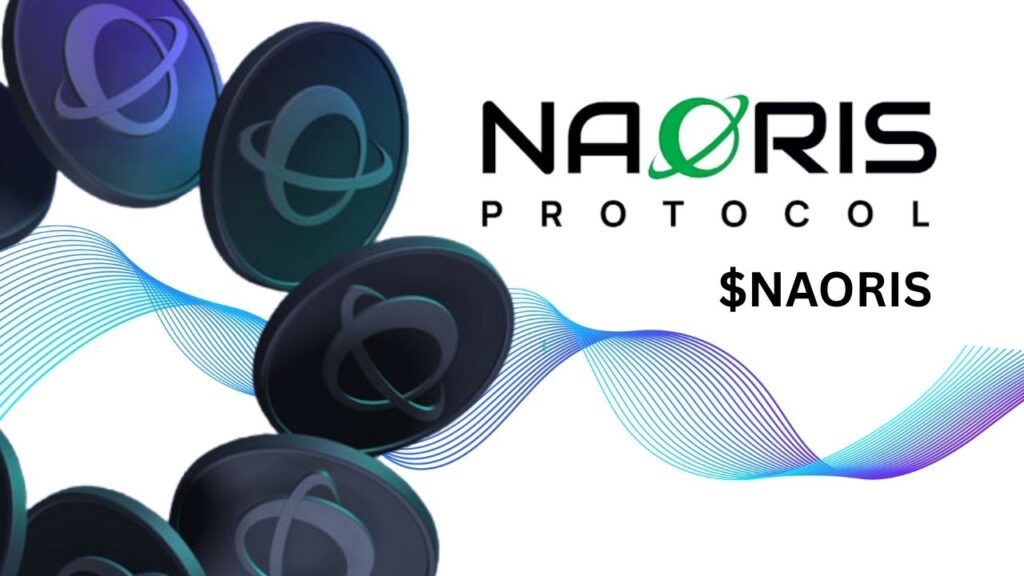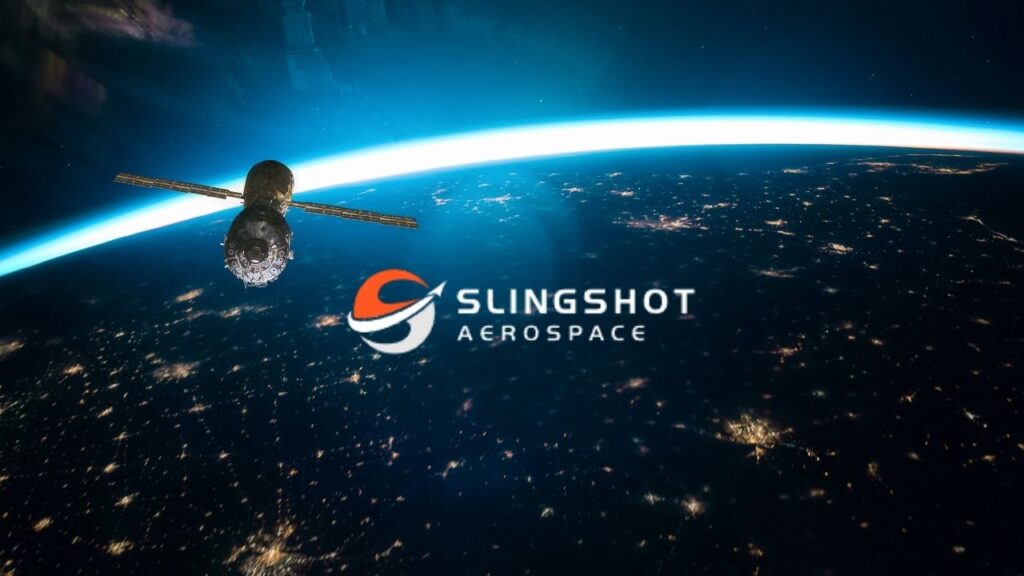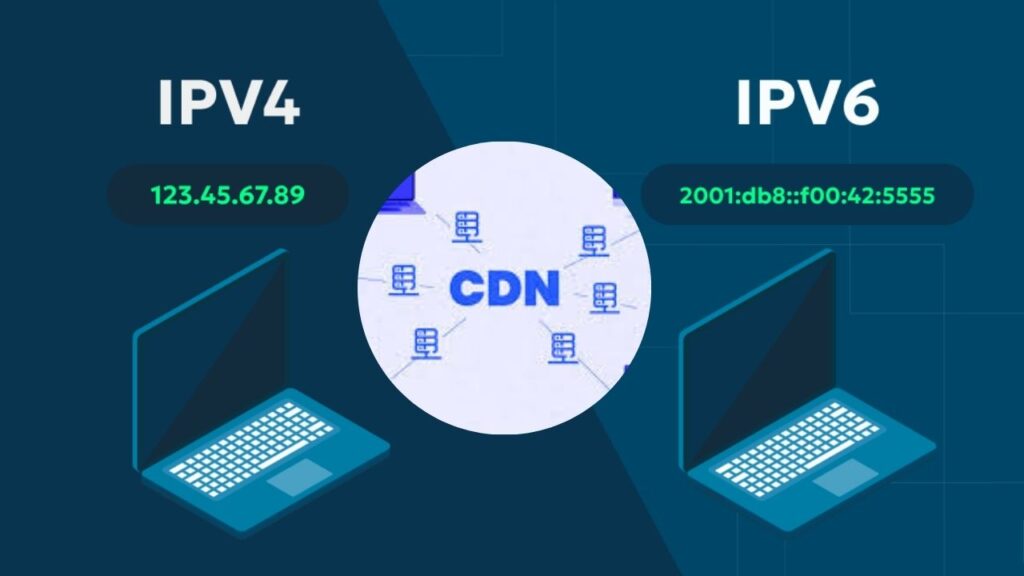GPT-5 is the next major artificial intelligence model from OpenAI, the organization behind ChatGPT and other groundbreaking AI tools. If you’ve ever used a chatbot, seen AI-generated art, or watched a computer write a story, you’ve already glimpsed the power of generative AI. But GPT-5 is expected to be far more advanced—smarter, faster, and capable of understanding not just text, but images, videos, and even real-world interactions. This isn’t just an upgrade; it’s a potential leap into a future where AI is a seamless part of daily life for students, professionals, creators, and everyone in between.
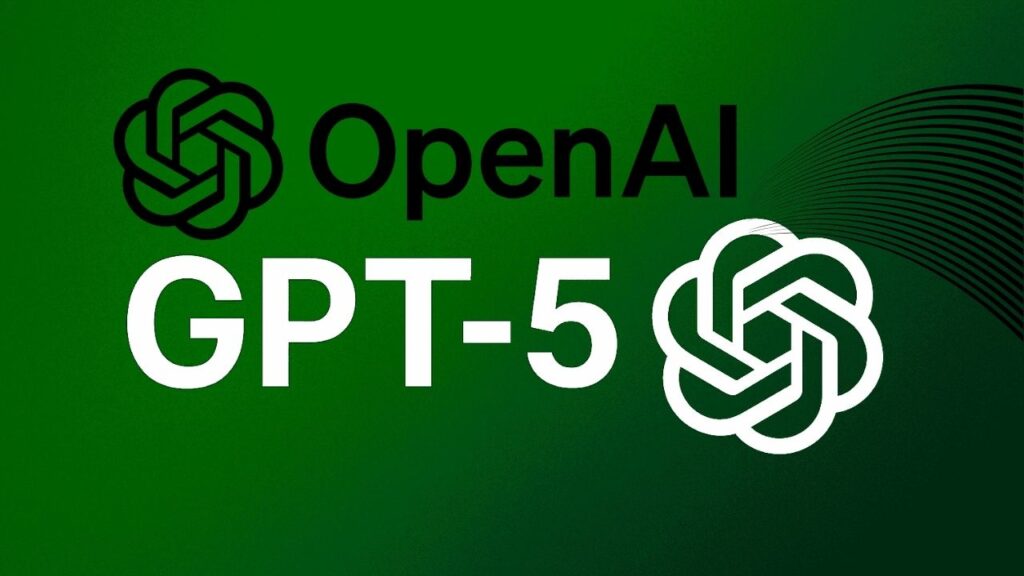
For a child, GPT-5 could be like having a patient, super-smart friend who helps with homework, explains tricky concepts in fun ways, and even collaborates on creative projects. For a professional, it could mean analyzing massive datasets, drafting complex reports, or assisting in scientific research—all with a level of understanding and reliability that feels almost human. In this article, we’ll explore what GPT-5 is, when it’s likely to arrive, how it’s different from today’s AI, and what it could mean for your life, your work, and the world.
Table of Contents
GPT-5 Is Coming Soon
| Topic | Details |
|---|---|
| Expected Release | Anticipated in summer 2025, possibly July, based on statements from OpenAI’s leadership. |
| Key Improvements | Enhanced reasoning, longer memory, true multimodal understanding (text, image, video), reduced errors, and potential for autonomous task completion. |
| Who Will Benefit | Students, teachers, professionals, developers, artists, healthcare workers, and more. |
| How to Access | Likely rollout: early partners → premium users → general public → developers. |
| Why It Matters | Could transform education, healthcare, business, creative industries, and daily productivity. |
| Fun Fact | OpenAI CEO Sam Altman has hinted that GPT-4 will soon feel outdated compared to GPT-5. |
GPT-5 represents a major milestone in the evolution of artificial intelligence. With smarter reasoning, longer memory, true multimodal understanding, and the potential for autonomous agents, it promises to transform how we learn, work, and create. While the exact release date and full capabilities remain to be seen, the direction is clear: AI is becoming more powerful, more helpful, and more integrated into our daily lives.
As we look forward to the arrival of GPT-5, it’s important to approach this technology with curiosity, responsibility, and a sense of possibility. Whether you’re a student, a professional, a creator, or simply someone curious about the future, now is the time to explore, learn, and prepare for the next chapter in the AI revolution.
What Is GPT-5? The Basics Explained
GPT-5 stands for “Generative Pre-trained Transformer 5.” It’s a type of artificial intelligence called a “large language model,” which means it’s trained on massive amounts of text, images, and other data to understand and generate human-like responses. Think of it as a digital brain that can read, write, analyze, and create—just like a person, but with the ability to process information at incredible speed and scale.
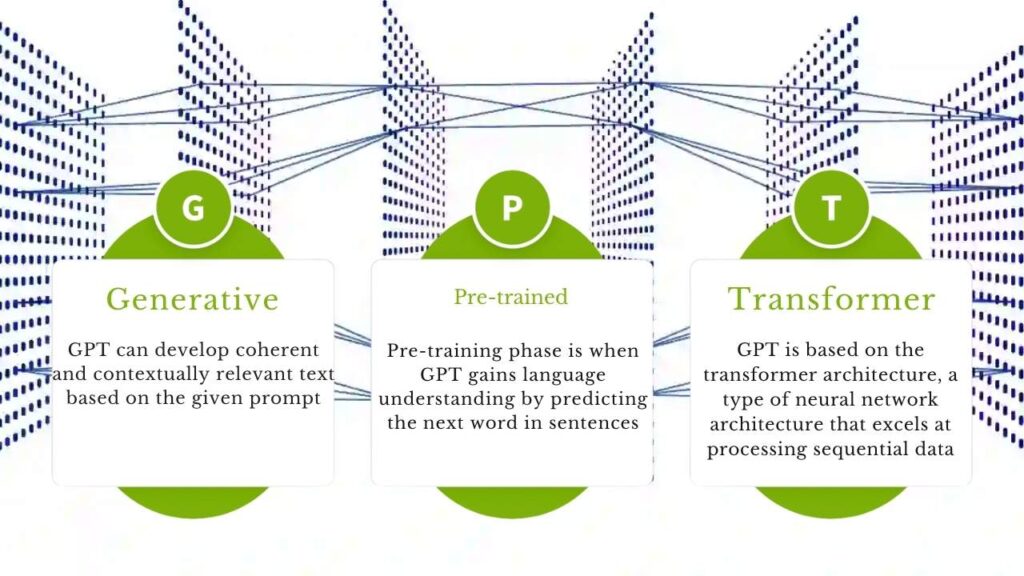
Previous versions, like GPT-3 and GPT-4, amazed the world by writing essays, coding, generating art, and even helping with research. But GPT-5 is expected to be a significant step forward, with improvements in how it reasons, remembers, and interacts with the world. This isn’t just about making AI “smarter”—it’s about making it more reliable, more helpful, and more integrated into our daily routines.
When Will GPT-5 Be Released?
OpenAI has not announced an exact release date for GPT-5, but based on public statements from CEO Sam Altman and the company’s release patterns, most experts expect it to arrive in the summer of 2025, possibly as early as July. The rollout will likely follow the same pattern as previous models: first to select partners and premium users, then to the general public, and finally to developers who want to build new applications with the technology.
It’s important to remember that AI development is complex, and timelines can shift. However, the progress from GPT-3 to GPT-4, and more recently to GPT-4o (a multimodal upgrade), shows that OpenAI is steadily advancing toward more capable, versatile models. GPT-5 is widely seen as the next major milestone in this journey.
What Makes GPT-5 Different? A Deep Dive
Smarter Reasoning and Fewer Mistakes
One of the most exciting promises of GPT-5 is improved reasoning. Today’s AI can sometimes give answers that sound right but are actually wrong—a problem known as “hallucination.” GPT-5 is being designed to reduce these errors, making it more trustworthy for homework, research, and even professional tasks like legal analysis or medical advice. This means you’ll be able to rely on the AI for accurate information, not just quick answers.
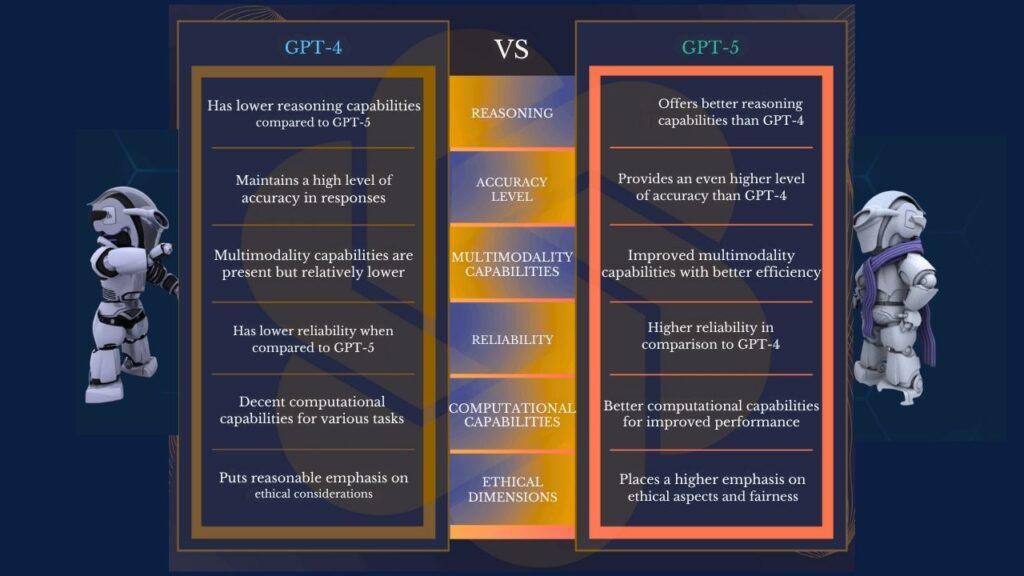
Example: Imagine you’re a student researching climate change. You ask GPT-5 to explain the greenhouse effect and provide recent statistics. Instead of just repeating common facts, it could analyze the latest scientific papers, summarize key findings, and even point out areas where more research is needed—all while citing reliable sources.
Longer Memory and Context
Current AI models have a “context window”—the amount of information they can remember in a single conversation. For GPT-4, this is about 128,000 words (called “tokens”). GPT-5 is rumored to have a much larger context window, possibly up to a million tokens. This means you could upload entire books, long reports, or even movie scripts, and GPT-5 could understand and discuss them in detail.
Practical Impact: For professionals, this could mean analyzing a company’s entire annual report in one go, or for students, getting help with a semester’s worth of notes. For writers and researchers, it could mean collaborating with an AI that truly “gets” your project from start to finish.
True Multimodal Understanding
“Multimodal” means the AI can work with more than just text. GPT-4 introduced the ability to handle images alongside text, but GPT-5 is expected to add video and possibly even live audio. This could revolutionize how we interact with AI—letting us show, not just tell, what we need help with.
Example: You’re a science teacher preparing a lesson. You take a video of a chemistry experiment, snap photos of your notes, and record a quick explanation. GPT-5 could watch the video, read your notes, listen to your voice, and then generate a lesson plan, student handouts, and even quiz questions—all tailored to your class.
Personalization and Memory Over Time
GPT-5 might be able to remember your preferences and past interactions, making each conversation more helpful and personalized. This isn’t just about recalling your name—it’s about understanding your goals, your style of learning, and your unique needs.
For Students: The AI could track your progress in math, suggest practice problems based on what you find difficult, and even remind you of upcoming assignments.
For Professionals: It could learn your writing style, suggest improvements to your reports, and even anticipate your next steps in a project.
Autonomous AI Agents
One of the most futuristic possibilities with GPT-5 is the rise of “AI agents”—programs that can perform multi-step tasks on their own. For example, an agent could manage your calendar, do online research, draft emails, or even coordinate with other AI tools to complete complex projects.
Example: You’re planning a family vacation. You tell your AI agent your budget, preferred destinations, and dates. The agent could research flights, book hotels, suggest activities, and even create a daily itinerary—all without you having to do each step manually.
Faster, Smoother, and More Accessible
Speed matters when it comes to AI. GPT-5 is expected to be faster and more responsive, with fewer delays and limits on how much you can ask in a single session. This means smoother, more natural conversations, whether you’re chatting casually or working on a serious project.
How Will GPT-5 Change Daily Life? Real-World Scenarios
For Students and Learners
GPT-5 could become the ultimate study buddy. Imagine having a tutor who’s available 24/7, never gets tired, and can explain any subject in a way that makes sense to you. Whether you’re stuck on a math problem, writing a history essay, or preparing for a science fair, GPT-5 could provide explanations, practice questions, and even creative project ideas.
Example: You’re working on a biology project about ecosystems. You show GPT-5 a photo of a local pond, describe what you’ve observed, and ask for help identifying species. The AI could analyze the image, suggest resources for further study, and help you write your report—making science feel more like an adventure than a chore.
For Teachers and Educators
Teachers could use GPT-5 to create lesson plans, generate quizzes, and even provide personalized feedback to students. The AI could help identify areas where students are struggling and suggest targeted exercises to help them improve.
Example: A teacher uploads a set of student essays. GPT-5 could read each one, highlight strengths and weaknesses, and suggest comments for improvement—saving hours of grading time and helping each student grow.
For Professionals and Businesses
In the workplace, GPT-5 could handle tasks that currently take hours or days. Lawyers could analyze legal documents in minutes. Marketers could generate campaign ideas, write copy, and design visuals—all with AI assistance. Doctors could use it to review patient histories and suggest treatment options.
Example: A business team is launching a new product. They describe the product, share images and customer feedback, and ask GPT-5 for a marketing plan. The AI could draft social media posts, design ads, and even suggest a launch timeline—helping the team move faster and smarter.
For Developers and Creators
Developers could use GPT-5 to write, test, and debug code more efficiently. Artists and musicians could collaborate with AI to create new forms of art, music, and storytelling. The possibilities for creativity and innovation are nearly limitless.
Example: A game developer sketches a character and describes a game plot. GPT-5 could help design levels, write dialogue, and even suggest sound effects—making game development more collaborative and fun.
For Healthcare and Research
In healthcare, GPT-5 could assist with diagnosing illnesses, analyzing medical images, and keeping up with the latest research. Scientists could use it to review literature, design experiments, and even interpret complex data.
Example: A doctor uploads a patient’s symptoms and test results. GPT-5 could suggest possible diagnoses, recommend next steps, and provide summaries of the latest treatment guidelines—helping the doctor make informed decisions quickly.
How to Prepare for GPT-5: Practical Steps for Everyone
Stay Informed
The world of AI changes fast. Follow updates from OpenAI and trusted tech news sources to stay ahead of the curve. Understanding what’s coming will help you make the most of new tools as they arrive.
Experiment with Current AI
Try out tools like ChatGPT, DALL-E, and others to get comfortable with how AI works. The more you use these technologies, the easier it will be to adopt GPT-5 when it launches.
Think About Ethics and Safety
AI is powerful, and with great power comes great responsibility. Talk with teachers, parents, or colleagues about how to use AI in ways that are fair, safe, and respectful of privacy. Encourage open discussions about the benefits and risks of AI in your community.
Explore New Skills and Careers
As AI becomes more advanced, new jobs and opportunities will emerge. Skills like “prompt engineering” (writing good instructions for AI), data analysis, and AI ethics will be in high demand. Learning about AI now could open doors to exciting careers in the future.
Get Ready for Change
GPT-5 is likely to change how we learn, work, and create. Embrace the possibilities, but also be prepared to adapt. The most successful people in the AI age will be those who are curious, flexible, and willing to learn new things.
People Are Using AI Chatbots to Guide Their Psychedelic Trips—and It’s Wild
OpenAI Taps Oracle’s Cloud Power as It Races to Train Next-Gen AI Models
World’s First Humanoid Robot Powered by Large Language Models Makes Public Debut
FAQs About GPT-5 Is Coming Soon
Q: When exactly will GPT-5 be released?
A: OpenAI has indicated a summer 2025 release, possibly as early as July, but no exact date has been confirmed. For the latest updates, check the official OpenAI website.
Q: Will GPT-5 be free to use?
A: Like previous models, GPT-5 will likely have a free version for basic use, with more advanced features available to paid subscribers. Early access may be offered to partners and premium users first.
Q: Is GPT-5 safe for kids to use?
A: OpenAI designs its models to be safe and helpful, but it’s always wise to use AI under adult supervision—especially for younger users. Discuss with teachers or parents how to use AI responsibly.
Q: Can GPT-5 replace teachers or doctors?
A: GPT-5 is a tool, not a replacement for human experts. It can assist with learning, research, and routine tasks, but teachers, doctors, and other professionals are still essential for guidance, care, and complex decisions.
Q: How can I try GPT-5 when it comes out?
A: Sign up for updates on the OpenAI website. When GPT-5 launches, you’ll likely be able to access it through ChatGPT or a new app.
